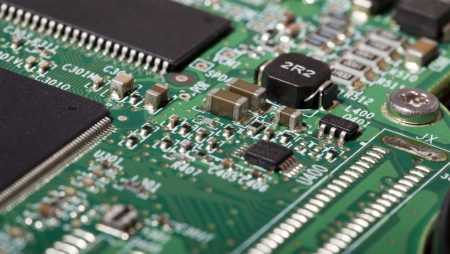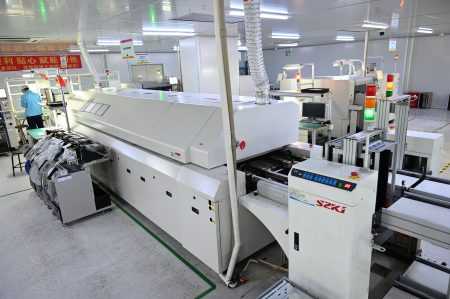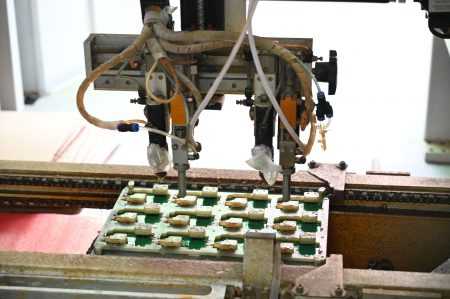- +86-755-23012705
- Building 3, Jinfeng Industrial Park, Fuyong Street, Baoan District, Shenzhen ,China
- [email protected]
Menu
The PCBA process has two ways: manual assembly and automated assembly.
In the least complicated format, only an operator places the odd-form components on the circuit board. The soldering process is automated in that the operator picks components from bulk bins and repeatedly positions them onto the circuit board as it is carried along the conveyor line. For paste-in-hole assembly, the solder paste and other components (surface-mount or through-hole) may already be on the board, being held in place only by the tackiness of the paste. Therefore, the operator must not inadvertently displace other components off of their sites during handling.
Also, the operator must pay special attention to handling and ESD damage while placing components. Also, those components that incorporate snap-in features (e.g., connectors) can require that the operator exert relatively high forces on the circuit board. Thus, the operator must not damage either that component or other components and the circuit board. Often, special tooling is used to press snap-in components on the circuit board to prevent such damage. A large number of applications require the operator to place and then manually solder the odd-form component into place, often after the other components have been soldered into place.
The operator must be cognizant of handling and ESD damage as well as prevent thermal damage or the inadvertent reflow of solder joints for neighboring components. The impact of Pb-free soldering would be most significant in this circumstance. It is necessary to verify that a longer hand-soldering time or a higher tip temperature does not cause thermal damage to the component in question or cause the reflow of nearby solder joints.

Image 1: Advantages of Mixed Assembly Process in PCBA Processing
It should be noted that irrespective of whether manual assembly is performed on only stuffed boards that will be subsequently soldered or on circuit boards that have already been soldered, the units have a higher value to them because of this processing, which is performed beforehand.Therefore, any damage (handling, ESD, thermal, etc.) will result in a significantly higher yield loss to production volumes as well as higher costs associated with the repair or scrapping of damaged circuit boards. Therefore, manual assembly steps must be given due consideration during product design and process development activities.
The automated assembly of odd-form components uses the same placement equipment as is used for other components, but with special tooling or a dedicated machine (cell), which is already set up with the required tooling and component feeder systems, that can be introduced
into the assembly process. The latter equipment typically places more than one type of odd-form component for increased versatility. For example, the type of gripper tooling that can place
different component packages (to within its design limits, of course). After accuracy and component-type requirements are met, speed is the critical performance metric for oddform placement machines. Odd-form component placement is nearly always a bottleneck or slow point in the line; therefore, minimizing assembly time devoted to odd-form components will speed up the entire process flow.

Image 2: PCB Automated Assembly
There are both advantages and disadvantages to the automated assembly of odd-form components.
Advantages include the following:

Image 3: Automotive PCB Assembly SERVICE
The disadvantages of automation include the following:
Your Trusted Partner for PCB Success: XPCB Limited
Let XPCB Limited be your guide to PCB success. Our comprehensive PCB manufacturing, rapid prototyping, and turnkey PCBA services are designed to meet your needs with ease. Count on us to deliver reliable solutions that exceed your expectations. With XPCB Limited, your journey to PCB excellence starts here.






XPCB Limited is a premium PCB & PCBA manufacturer based in China.
We specialize in multilayer flexible circuits, rigid-flex PCB, HDI PCB, and Rogers PCB.
Quick-turn PCB prototyping is our specialty. Demanding project is our advantage.
Tel : +86-136-3163-3671
Fax : +86-755-2301 2705
Email : [email protected]
© 2023 - XPCB Limited All Right Reserve
